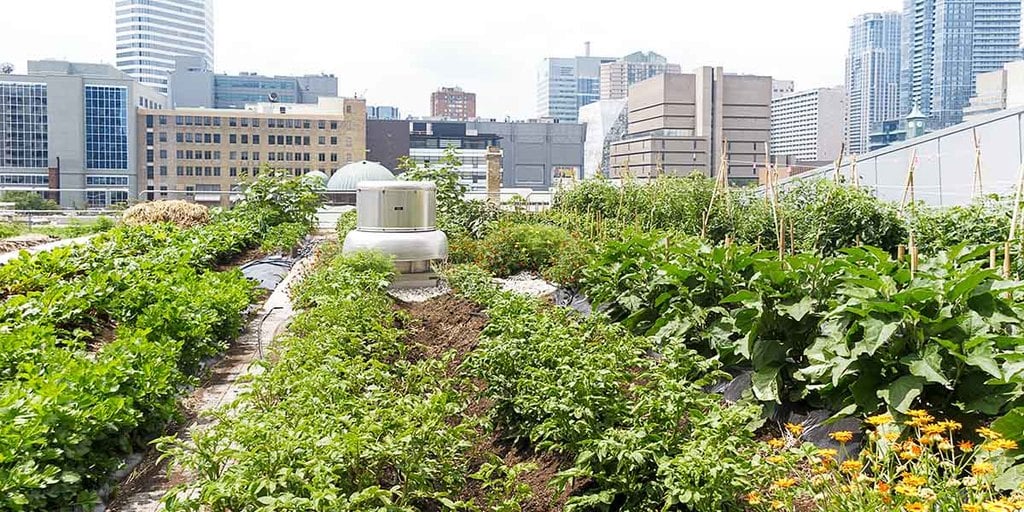Top Guidelines Of City Blooming
Interested in expanding food available for sale in the City of Chicago? Thinking of starting a neighborhood garden? Adjustments to the Chicago Zoning Ordinance permit agricultural usages like community yards and urban ranches in many components of the city. Below is a list of often asked questions pertaining to the regulations and laws that cultivators must consider when intending a city agriculture task.
The zoning modification does not modify any type of various other codes handling composting, structure authorizations, purchasing or leasing City possessed residential or commercial property, service licenses or environmental contamination. There are existing codes that regulate these problems and they stay in complete effect and may be relevant to your task. Community gardens are commonly owned or managed by public entities, civic companies or community-based organizations and maintained by volunteers.
Urban ranches expand food that is intended to be sold, either on a nonprofit or for-profit basis. Because of their business objective, city ranches need an organization certificate. Yes. A community yard is allowed to sell surplus generate that was expanded on website if the sales are accessory or secondary to the garden's main function described above.
Some Known Factual Statements About City Blooming
The quantity of compost material can not surpass 25 cubic yards at any type of given time according to the requirements in 7-28-715 of the City's Municipal Code. Because the soil at a lot of new garden websites requires amending, garden compost, soil, timber chips, or other products can be acquired to build or enhance the expanding space.

If a structure authorization is called for then the hoophouse will certainly be considered an accessory structure. You can discover even more concerning the structure permit demands by getting in touch with the Department of Structures. The 25,000-square-foot dimension limit is planned to stop a single neighborhood garden from controling an offered block or taking away from the block's existing property or commercial personality.
The limitation does not relate to gardens found in Public Open Room (POS) areas. Can there be even more than one community garden that is 25,000 square feet on a solitary block? Yes. The size limitation applies to specific gardens, not to individual blocks. No. Fencing is not called for, nonetheless, yards that have big auto parking locations may be needed to mount fencing or other landscaping functions.
Unknown Facts About City Blooming
B1 & B2 areas require that all business usage activities be performed inside. Is fencing required for urban ranches? Fencings might be needed, along with landscaping and screening, for particular parking locations and exterior job or storage space locations depending on area and the details task taking place.
Urban ranches call for building permits and zoning authorizations prior to construction (fruit and vegtables). Various other forms of city review may be called for depending on certain frameworks, activities, size, landscape design, licensing, public health and stormwater management problems.
Yes. The kind of permit is identified by what is taking place at the website. The Department of Organization Affairs and Customer Protection can aid figure out the specific type of organization permit that's called for. Yes. Off street parking is needed for the majority of commercial jobs in Chicago. The called for variety of car parking rooms is based on the number of workers dealing with site and not the square video footage of the expanding room.
Little Known Facts About City Blooming.

A city farm can market garden compost product produced on site, however, the procedure has to conform with the guidelines in 7-28-715 of the Chicago Municipal Code. Aquaponic systems are enabled inside your home on metropolitan farms in many zoning areas.
Approximately five hives or colonies of honey bees may be kept as an accessory usage. Beekeepers must sign up with the Illinois Department of Farming. To learn more concerning the recommended zoning change you may contact the Division of Real Estate and Economic Advancement, Bureau of Planning and Zoning at 312.744.8563.
, which takes area in rural areas at the side of suburban areas.
Getting My City Blooming To Work
It can include a motion of natural farmers, "foodies" and "locavores", who look for to form socials media established on a common principles of nature and neighborhood holism. These networks can develop by means of official institutional assistance, ending up being incorporated right into regional town as a "change community" motion for lasting metropolitan growth.
Some of the initial proof of urban agriculture comes from Mesopotamia.
Comments on “8 Easy Facts About City Blooming Explained”